Men’s Skin Secrets Unveiled: Why Hormones and Shaving Demand Special Care
| Authored by: Abhishek Ranjan Jha |
| Reviewed by: Kapil Dhameja |
| Estimated Reading Time: 7 minutes |
When I first started caring about skin — and I mean really paying attention — I thought men’s skin was just “thicker” and therefore tougher. Turns out that’s a partly true, partly misleading shortcut. Men’s skin is different, yes, but “different” doesn’t mean “simpler.” It means different biology, different stressors, and therefore different priorities. Hormones (testosterone, DHT), daily shaving, lifestyle patterns, and cultural neglect all combine to create a set of skin needs that respond best to a targeted approach. This is not about vanity. It’s about function. Think of it as maintenance for the body’s largest organ.
Below I explain the science—precise but readable—then translate it into what men actually need: the few, powerful steps that make a visible difference. No ritualism. No hype. Just a clear, usable men’s skincare routine.
The Science Behind Men’s Skin — the basics you should know

Three biological facts frame most of what follows:
2. Men produce more sebum (oil) on average; sebaceous glands are larger and more active under the influence of testosterone and its derivative DHT.
3. Facial hair and shaving add a mechanical stressor — daily microtrauma — that changes barrier function and inflammation patterns.
Those points explain a lot. Thicker skin and higher oil production mean men may show fine lines later than women, yet when lines appear, they can be deeper. More oil means a tendency to blackheads and acne in younger men. Shaving—oh yes—means daily disruption of the stratum corneum (the outermost protective layer), and small wounds that require faster barrier repair strategies.
If you like numbers: research shows male collagen density is higher in early adulthood and declines more gradually; women have a steeper post-menopausal drop. Practical meaning? Men often benefit from prevention (SPF, antioxidants) and repair (retinoids/peptides) at different ages than women.
Thickness, collagen and aging — what the calendar misses
Thicker doesn’t equal invincible. Collagen, the dermal scaffold, degrades under UV exposure and oxidative stress. You can be “thick” and still age prematurely if you spend hours in the sun, smoke cigarettes, or get poor sleep.
Two quick, connected points:
-
Collagen breakdown: UV radiation creates reactive oxygen species (ROS). These activate enzymes (matrix metalloproteinases) that chew collagen. Repeat over decades and skin loses elasticity.
-
Regeneration speed: men’s skin often repairs differently. Some healing markers are more robust, but microtrauma from shaving can create chronic low-grade inflammation if not managed.
So, a basic preventive stance (SPF daily, antioxidants, sleep, no smoking) buys a lot of biological time.
Hormones and the skin — why testosterone matters
Testosterone is the headline hormone, but remember DHT too — a more potent androgen formed locally in skin. Both increase sebaceous gland size and activity. What this does in practice:
-
More sebum: useful for lubrication, but it mixes with dead cells and dirt and forms comedones (clogged pores).
-
Microbiome shifts: oilier skin favours certain microbes (e.g., Cutibacterium acnes) that can trigger inflammation in susceptible people.
-
Vascularity and inflammation: androgen-influenced microcirculation can mean more visible redness after exertion.
Hormone fluctuations — stress-induced cortisol changes — can also make oiliness worse. That’s why sleep, stress reduction, and diet matter.
Shaving: the underestimated daily procedure
-
Barrier disruption: The stratum corneum gets thinned locally.
-
Follicular irritation: Ingrown hairs and folliculitis are common where hair curls back into the skin (curly hair = higher risk).
-
Chemical irritants: Alcohol-based aftershaves sting because they desiccate an already compromised barrier.
A couple of practical fixes have outsized impact:
-
Use a proper pre-shave lubricant (warm water + glycerin-based gel).
-
Shave with minimal passes, with the grain when possible.
-
Skip alcohol-based aftershaves; choose humectant-rich, pH-balanced balms with soothing actives (aloe, panthenol, allantoin).
If you’re prone to ingrowns, consider an exfoliant 2–3 times a week (salicylic acid 0.5–2% works wonders).
Shaving is not a cosmetic nicety. It’s a micromanaged clinical event that needs simple injury control.
Lifestyle habits that affect men’s skin — small choices, big outcomes
Some habits show immediately on skin; others act slowly and steadily. Key factors:
-
Sleep: deep sleep fosters growth hormone pulses that support collagen synthesis. Poor sleep — higher cortisol — more inflammation, slower repair.
-
Diet: diets high in refined carbs and dairy show connections to acne for some men. Antioxidant-rich foods (berries, green tea, leafy greens) support barrier resilience.
-
Alcohol & smoking: both accelerate collagen degeneration and dehydrate skin.
-
Hydration: internal hydration matters in dry climates; topical humectants still help more.
-
Gym hygiene: sweat + tight clothes = blocked pores. Shower is must after workouts.
These aren’t moralizing points. They’re mechanistic. Adjustable. Worth doing.
Why men often neglect skincare — and how to fix the inertia

Cultural messages — “real men don’t bother” — create a barrier. Practical issues matter too: busy schedules, perceived complexity, and product confusion. Tack on the myth that “thick skin is self-protecting,” and you get low adoption.
Two behavioral levers shift this:
1. Simplify — a concise men’s skincare routine (3–4 products) removes the inertia.
2. Reframe — make it about utility (prevent cuts, avoid infection, reduce irritation). When men see measurable outcomes (fewer ingrowns, less redness, better skin after shave), the routine sticks.
Data supports simplicity: men are more likely to follow short, targeted regimens than long multi-step ones.
Key products men should include in their routine — what actually works

I’ll be blunt: you don’t need a shelf. You need a correct set.
1. Gentle cleanser — twice daily or as needed. Use a sulfate-free, pH-balanced cleanser. Why? It removes grime without stripping oils that protect the barrier. Ingredients to look for: cocamidopropyl betaine, sodium cocoyl isethionate.
2. Exfoliant (2×/week) — not scrubby beads. Chemical exfoliants (low-dose salicylic acid or lactic acid) clear pores and prevent ingrowns. Start low; watch reaction.
3. Lightweight moisturizer — humectant + occlusive (glycerin + light oil/squalane). Men often avoid this because of greasiness. Pick non-comedogenic, fast-absorbing formulas.
4. Sunscreen — daily. The single most important anti-aging step. Non-greasy mineral or chemical formulas both work; choose what you’ll actually use.
5. Lightweight moisturizer — no alcohol. Look for panthenol, allantoin, centella asiatica for repair.
6. Optional actives — Niacinamide (2–5%) balances sebum and strengthens barrier. Retinoids are for targeted anti-aging; peptides support collagen.
That’s it. Done. Minimal, effective.
Why Men’s Skin Ages Slower — But Looks Older Faster
Here’s a fascinating scientific paradox: men’s skin actually ages slower than women’s, yet it often looks older sooner. The reason lies in the unique biology of male skin.
Men naturally produce about 20% more collagen than women, which gives their skin a thicker and firmer structure. Collagen is the protein that maintains elasticity, strength, and youthful bounce — so in theory, men should stay wrinkle-free longer. However, testosterone also increases sebum (oil) production and pore size, which means men’s skin tends to collect more impurities and experience more oxidative stress from pollution and sun exposure.
Add to that the daily stress of shaving, which weakens the skin’s barrier, and you get a situation where microscopic damage happens regularly. When neglected — no sunscreen, no moisturizer — this damage accumulates, making men’s skin appear dull, rough, or prematurely aged despite its biological advantage.
So, while nature gives men thicker, stronger skin, lifestyle often takes it away faster. Consistent cleansing, hydration, and sun protection aren’t luxury habits — they’re what allow that natural collagen advantage to actually show. In short: men’s skin can age gracefully, but only when science meets self-care.
Quick and easy men’s skincare routine — the usable plan
Here’s a practical, time-efficient routine that actually maps to male skin biology. No more than five minutes morning and evening.
Morning (3 minutes)
-
Splash + gentle cleanser (30–60s).
-
Apply lightweight moisturizer with SPF (or moisturizer then SPF).
-
If you have oiliness: blot mid-day or use oil-control pads.
Evening (5 minutes)
-
Cleanse (remove pollution, sunscreen).
-
If shaved, soothe with an alcohol-free balm; if not, use a gentle serum (niacinamide).
-
Apply a light moisturizer; if over 30 and concerned about aging, use a retinoid 2–3× per week (gradually).
Weekly (10–15 minutes total)
-
Exfoliate 2× per week after cleansing.
-
Use a clay mask if very oily (1× week).
-
Trim beard lines cleanly to reduce ingrowns.
-
Consistency matters far more than intensity. Doing a little every day beats overdoing once a month.
Evidence-based notes and quick science citations
A few studies back key points above:
-
Men’s higher sebum production and thicker skin are well-documented in dermatology literature.
-
pH-balanced cleaners preserve barrier integrity better than alkaline soaps (clinical dermatology research).
-
Regular sunscreen use dramatically reduces photoaging markers (longitudinal photoprotection studies).
Skincare is simple, effective, and essential
Men’s skincare routines need not be complicated. It should be principled and practical. Think: repair what shaving damages, protect from the sun and pollution, and maintain hydration without heaviness. That’s it.
A few last things I always tell men who’ve never followed a routine:
-
Start with sunscreen. If you do nothing else, do that.
-
If razor burn is your enemy, address shaving technique and post-shave care before chasing serums.
-
See skincare as maintenance, not vanity. It saves time in the long run (less irritation, fewer spots, fewer emergencies).
-
Skin health affects confidence and function. That’s a practical reason to care.
Recommended Products
Related Articles
Ceramide vs. Glycerin & Other Moisturizing Ingredients: What Sets Them Apart?
Ceramides and Aging: Can They Help Reverse the Signs of Aging
Can You Leave Glycolic Acid on Your Scalp Overnight? Benefits, Risks & Tips
Skincare Actives 101: Safe Percentages and How to Choose the Right Actives for Your Skin Concerns
How Do You Evaluate Good Skincare?
Neck Wrinkles: Causes, Prevention Tips & the Best Skincare for Neck Lines
SPF for Hair: Why You Need Sun Protection Beyond Skin
Case of collagen: A detailed guide on how to boost collagen production naturally
Preventing aging skin: A detailed guide for skincare for men over 30
References:
https://pmc.ncbi.nlm.nih.gov/articles/PMC6116811/
https://pubmed.ncbi.nlm.nih.gov/23713991/



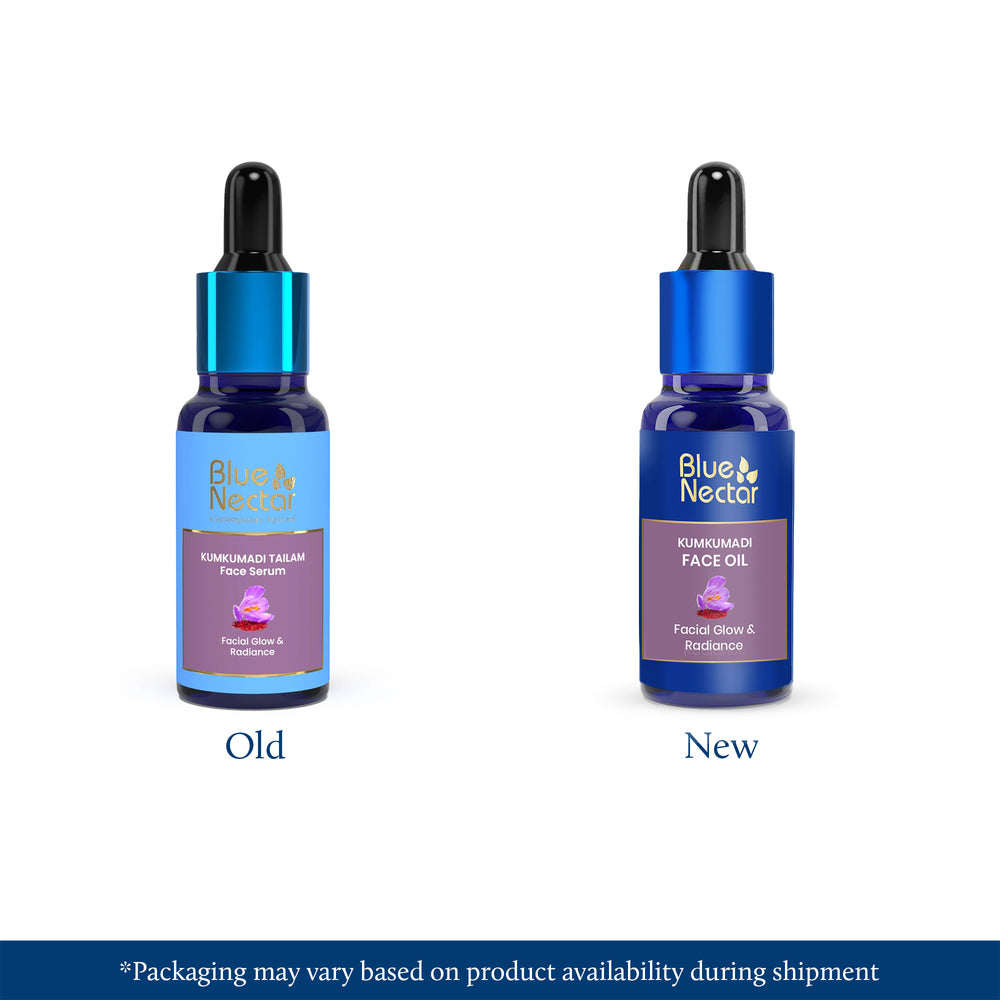
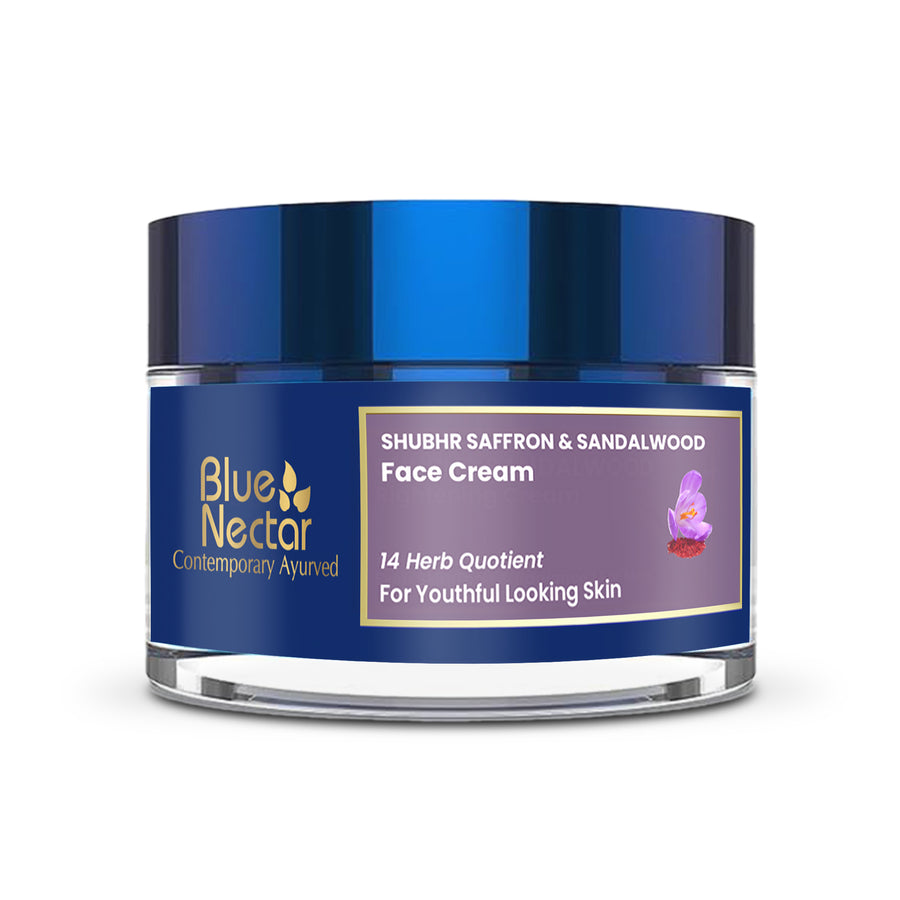

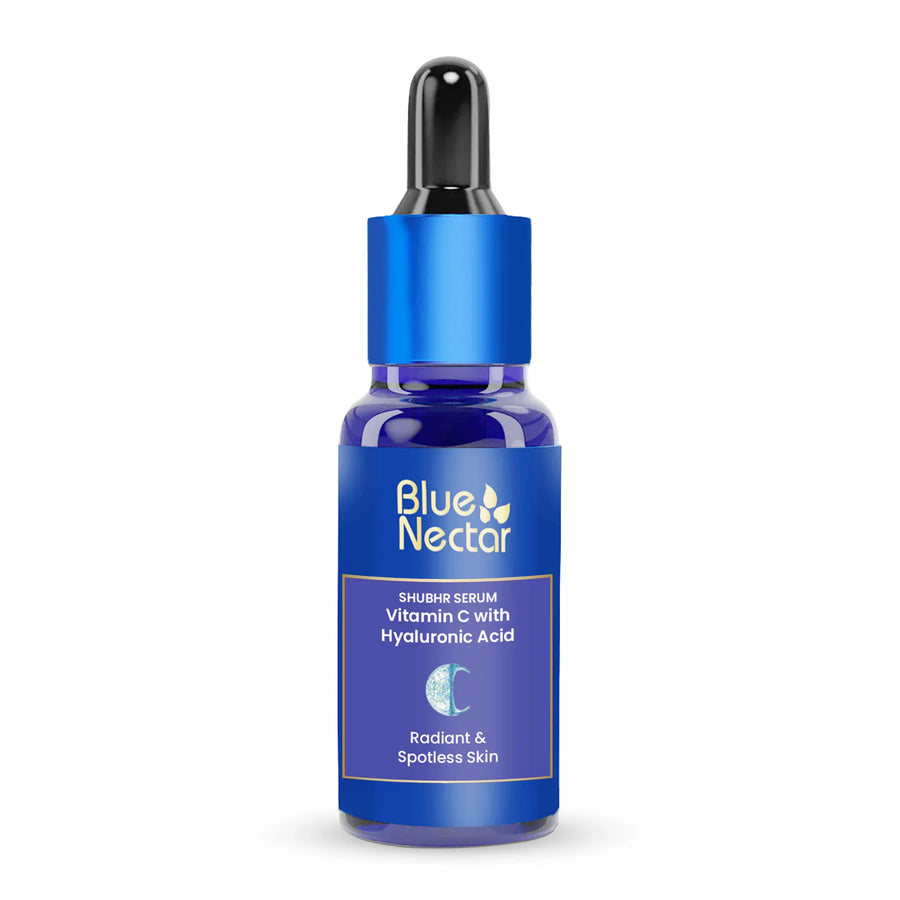


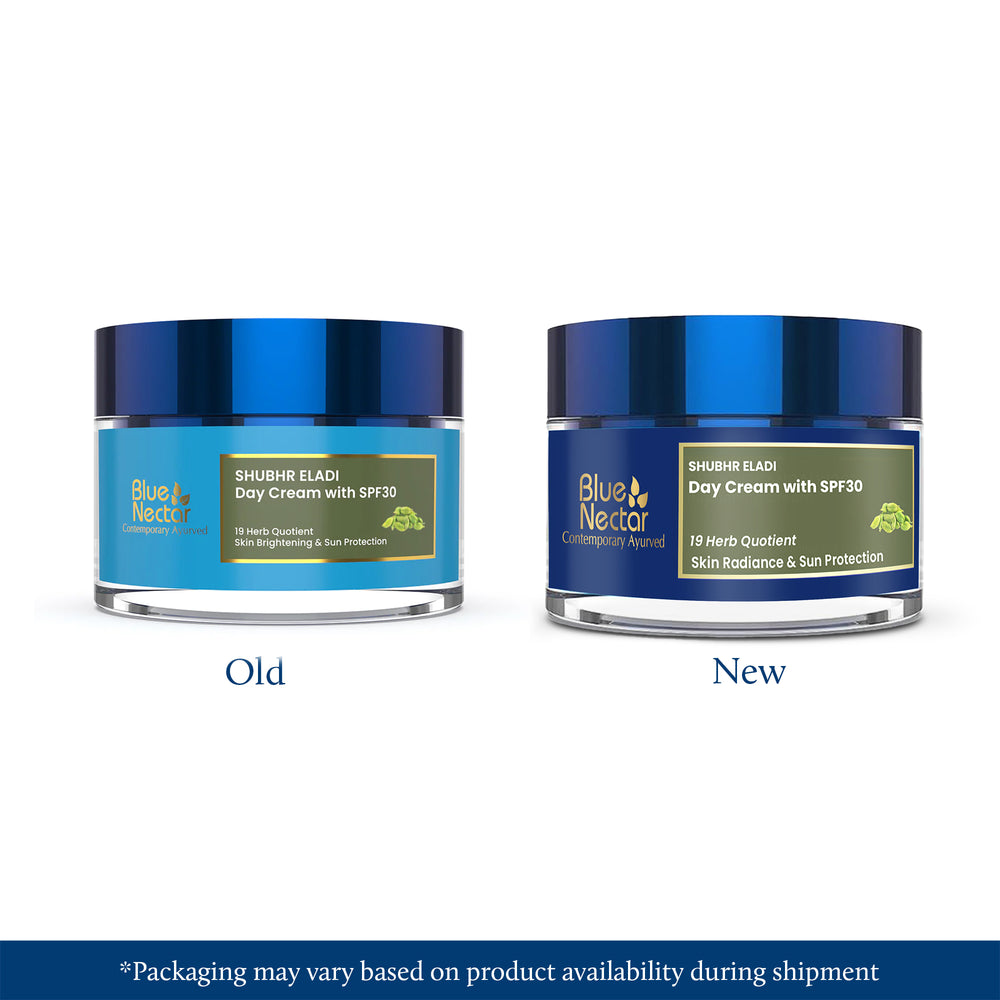
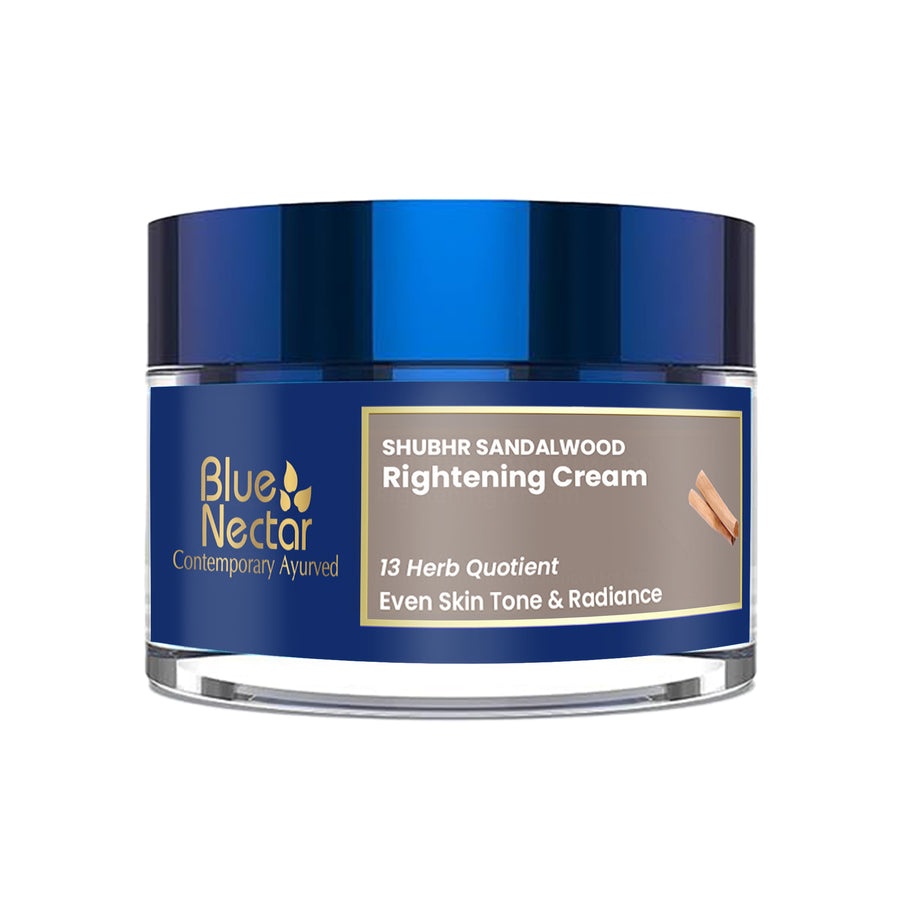
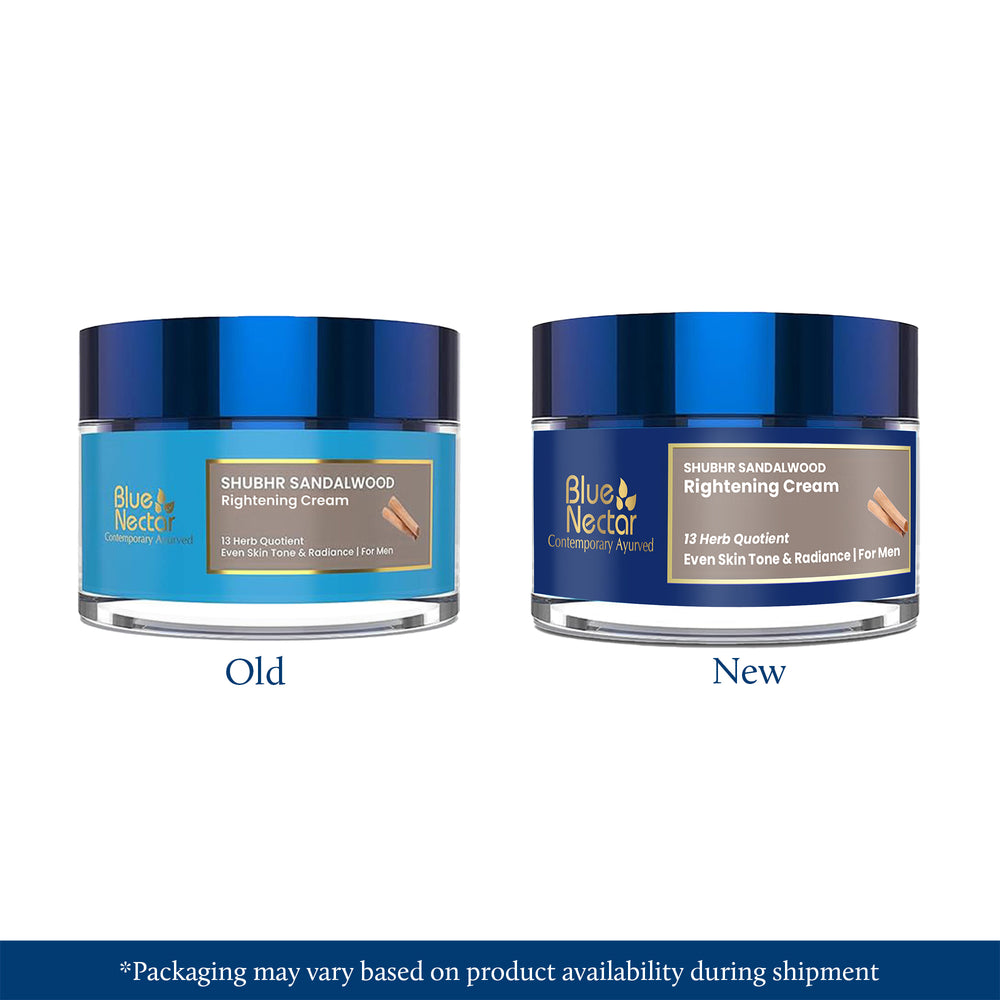




Leave a comment